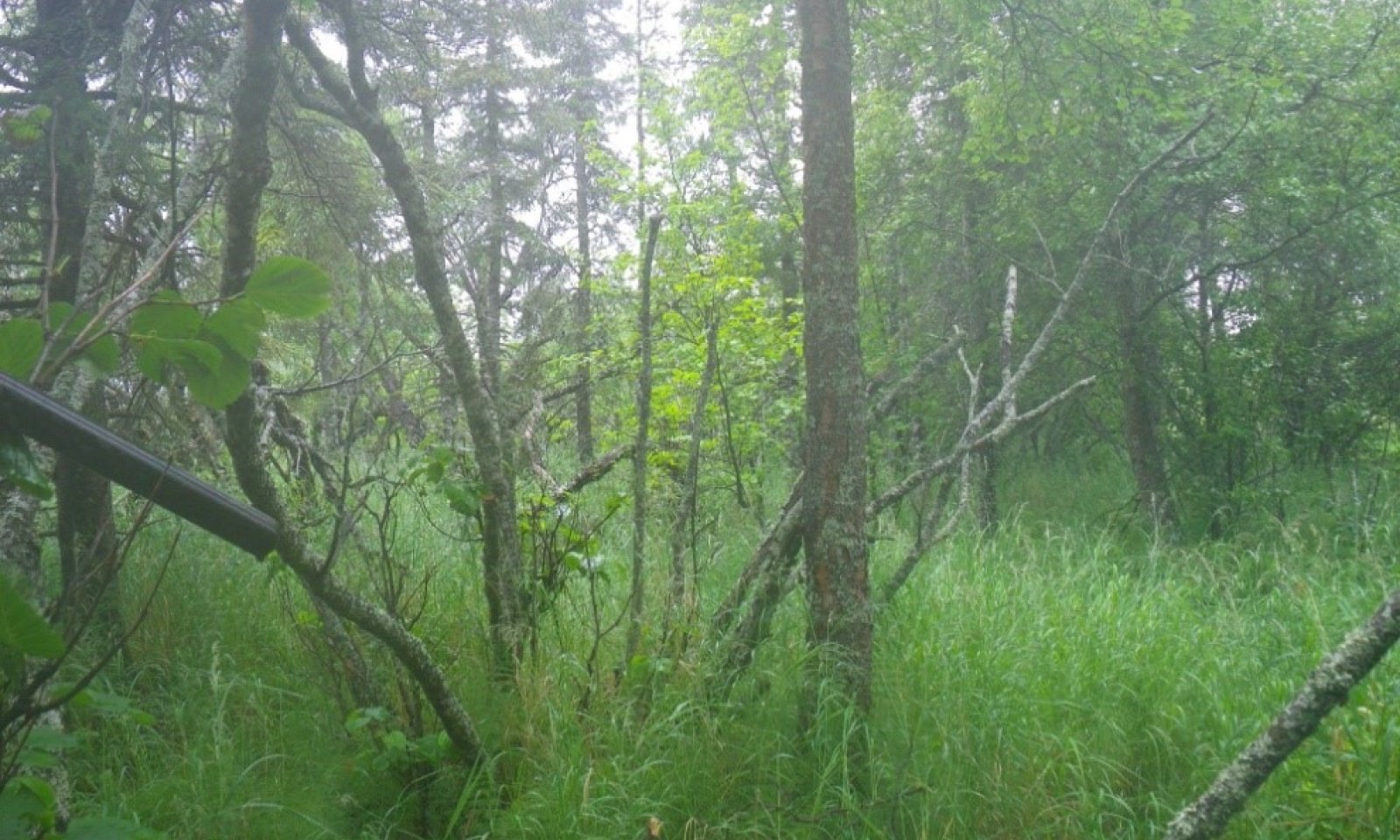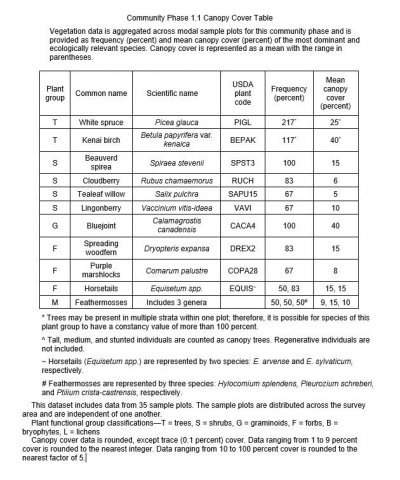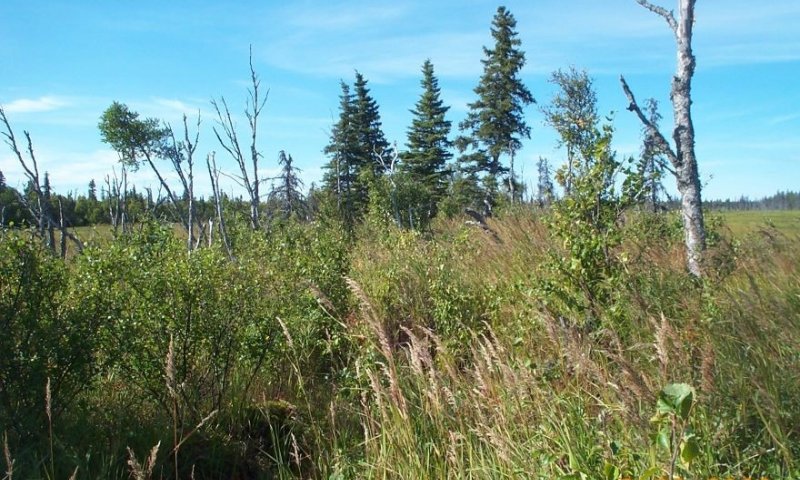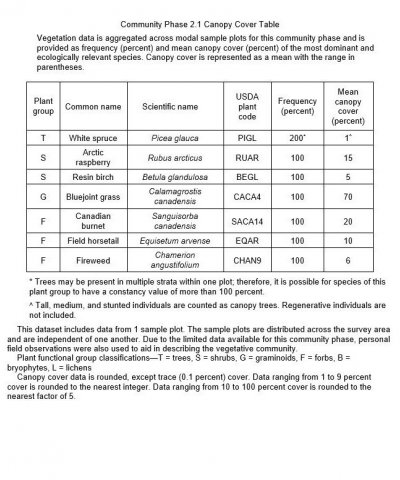

Natural Resources
Conservation Service
Ecological site F236XY150AK
Boreal Forest Loamy Wet Flood Plains
Last updated: 2/13/2024
Accessed: 12/22/2025
General information
Provisional. A provisional ecological site description has undergone quality control and quality assurance review. It contains a working state and transition model and enough information to identify the ecological site.
MLRA notes
Major Land Resource Area (MLRA): 236X–Bristol Bay-Northern Alaska Peninsula Lowlands
MLRA 236 is in southwest Alaska. It covers 19,575 square miles (USDA–NRCS, 2006) and extends inland from Bristol Bay. It is composed primarily of level to rolling plains and low to moderate hills bordered by long footslopes of mountains (Kautz et al., 2012). The flood plains and terraces along the major rivers and lakes are characterized by depressions and small basins. Mountains form the eastern and western borders of the MLRA, and glacially formed lakes are behind terminal moraines (Kautz et al., 2012). The entire MLRA was covered by glacial ice during the early to middle Pleistocene (USDA–NRCS, 2006).
The climate near the coast is dominantly maritime, and the climate farther inland is continental and is influenced by weather systems of Interior Alaska (Kautz et al., 2012). Summers typically are warm and short, and winters are long and cold. The average annual precipitation is 13 to 50 inches, and the average annual air temperature is 30 to 36 degrees F (Kautz et al., 2012). The freeze-free period normally is 70 to 125 days. Aspect and elevation, which ranges from sea level to about 2,500 feet above sea level (USDA–NRCS, 2006), influence the climate and weather patterns.
This MLRA is sparsely populated. The major communities include Dillingham, Naknek, and King Salmon. Federally managed land in the MLRA includes parts of Katmai National Park and Preserve and the Aniakchak National Monument and Preserve as well as Togiak and Alaska Peninsula National Wildlife Refuges (Kautz et al., 2012; USDA–NRCS, 2006).
Ecological site concept
This boreal ecological site is on high flood plains of lowlands. This site is in concave areas of high flood plains and in convex to linear areas of high flood plains that are surrounded by wetlands. The soils associated with this site are wet during the growing season as a result of ponding, which affects the plants that can reproduce successfully. Many of the plants are facultative or obligate wetland species. The reference plant community is a forest of mixed birch (Betula spp.) and white spruce (Picea glauca) that has an understory of hydrophilic and shade-loving shrubs and forbs, bluejoint (Calamagrostis canadensis), and abundant moss.
Associated sites
| F236XY111AK |
Boreal Forest Loamy Flood Plains Sites F236XY150AK and F236XY111AK (Boreal Forest Loamy Flood Plains) are both on high flood plains of lowlands, but site F236XY111AK is associated with well drained soils. Differences in the natural drainage class of the soils, frequency of ponding, and proximity to wetlands lead to dissimilar disturbance regimes, reference states, and community phases, making the use of unique ecological sites necessary. |
|---|
Similar sites
| F236XY111AK |
Boreal Forest Loamy Flood Plains Sites F236XY150AK and F236XY111AK (Boreal Forest Loamy Flood Plains) are both on high flood plains of lowlands, but site F236XY111AK is not in concave areas and is associated with well drained soils. Differences in the shape of the slope, natural drainage class of the soils, frequency of ponding, and proximity to wetlands lead to dissimilar disturbance regimes, reference states, and community phases, making the use of unique ecological sites necessary. |
|---|
Table 1. Dominant plant species
| Tree |
(1) Betula papyrifera var. kenaica |
|---|---|
| Shrub |
(1) Spiraea stevenii |
| Herbaceous |
(1) Calamagrostis canadensis |
Click on box and path labels to scroll to the respective text.
Ecosystem states
| T1A | - | Beaver activity. |
|---|---|---|
| R2A | - | Removal of beavers. |



